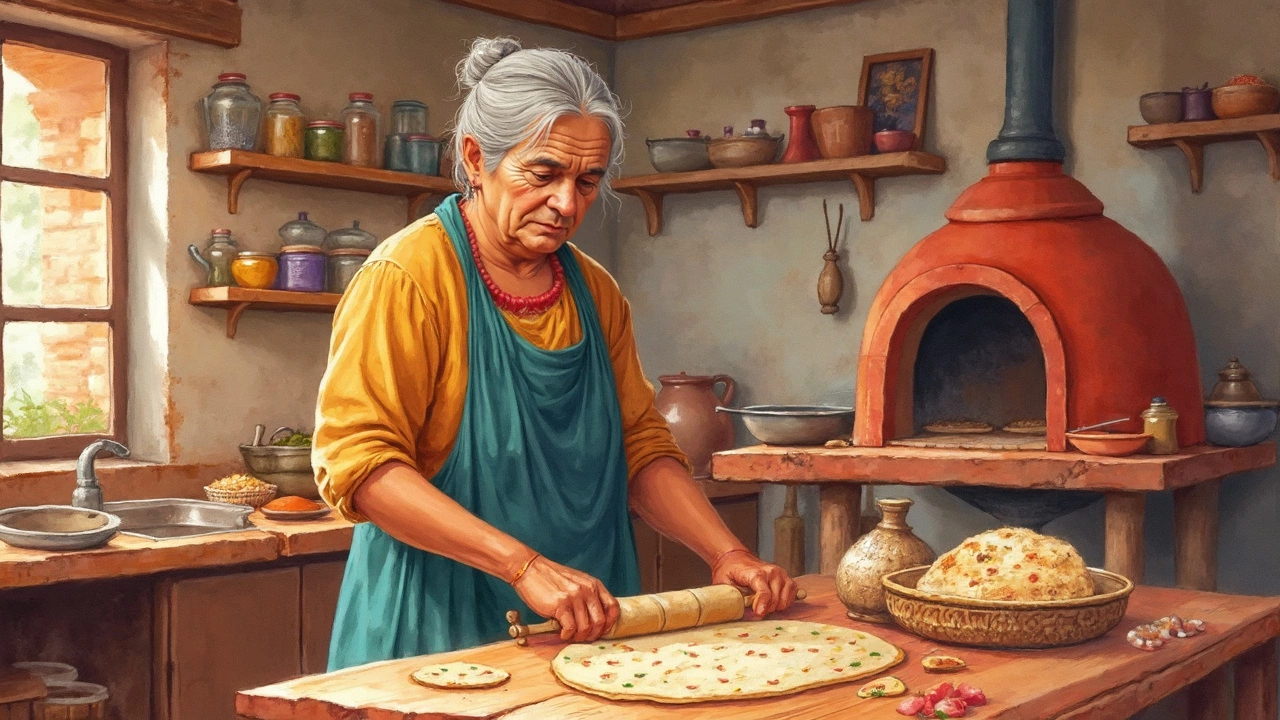Indian Food Calories: What You Need to Know
When talking about Indian food calories, many wonder how the vibrant dishes affect daily energy intake. Indian food calories measure the energy provided by traditional Indian meals, from rich biryanis to simple dal. Also known as caloric content of Indian cuisine, it helps home cooks decide portion sizes, balance meals, and track nutrition without losing flavor.
Why Tracking Calories Matters in Indian Cooking
Understanding calories is a practical step toward healthier eating, especially when recipes involve oil, ghee, or nuts. Biryani is a layered rice dish that often combines meat, fried onions, and generous amounts of oil. Because it blends carbs and fats, biryani calories can range from 350 to 600 per serving, depending on ingredients. Dal is a lentil‑based staple that supplies protein, fiber, and modest calories. A cup of plain dal usually carries around 150 calories, making it a solid base for balanced plates. When you pair a moderate portion of biryani with a side of dal, the overall calorie load becomes easier to gauge and adjust.
Other popular items follow the same pattern of flavor meeting fuel. Paneer is a fresh cheese high in protein and fat, contributing roughly 200 calories per 100 grams. Its versatility lets you add it to curries, grills, or salads while keeping an eye on protein intake. Roti is a whole‑wheat flatbread that typically offers about 70–80 calories per piece. Because roti is often eaten with vegetable or lentil dishes, it adds steady carbs without overwhelming the meal. By linking these entities—biryani, dal, paneer, and roti—you see how Indian food calories encompass both high‑energy comfort foods and lighter, protein‑rich options. This network of dishes lets you tailor meals to your goals, whether you’re cutting carbs, boosting protein, or simply enjoying a festive plate without overdoing it. Below you’ll find a curated list of articles that dive deeper into nutrition facts, cooking tricks, and portion‑control tips for each of these classics.

Discovering the Role of Roti in a Balanced Indian Meal
Roti, a staple in Indian meals, contributes to a balanced diet offering essential nutrients and energy. This article explores the nutritional role of roti, including calorie content and its impact on health. Tips on enhancing the nutritional value by pairing roti with other traditional foods like sabzi, and using ghee are discussed. A guide is provided to help integrate roti into daily meals for maintaining a healthy lifestyle.